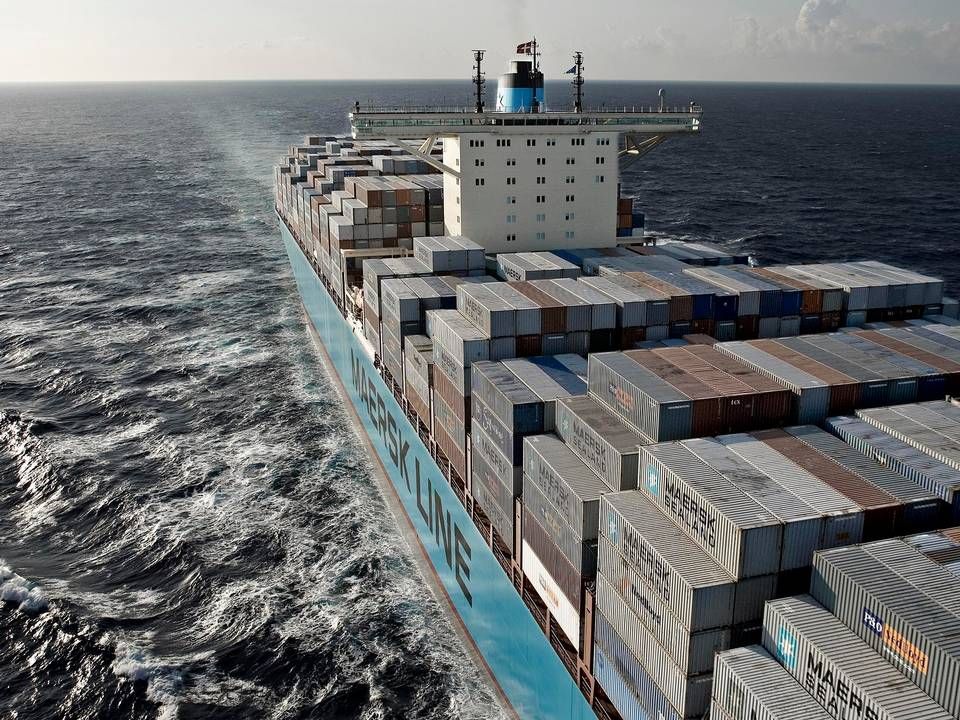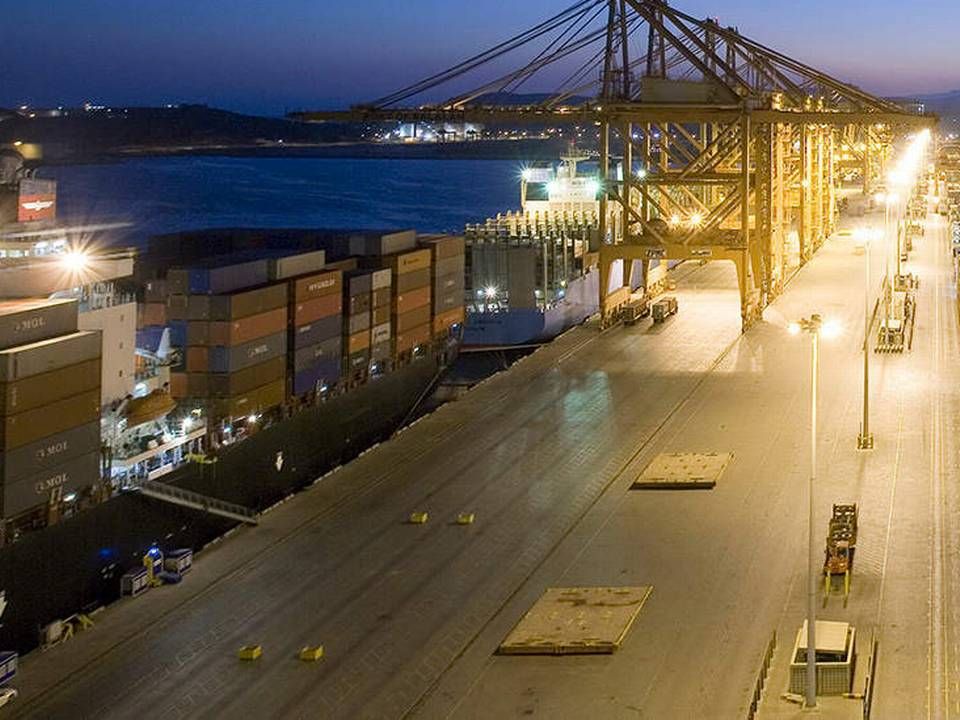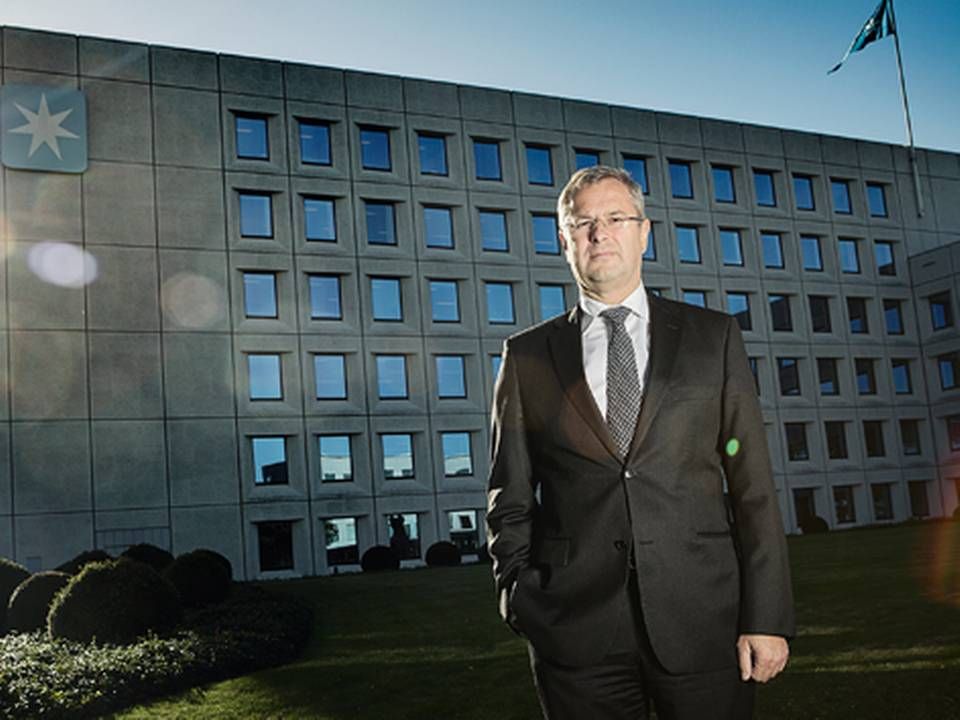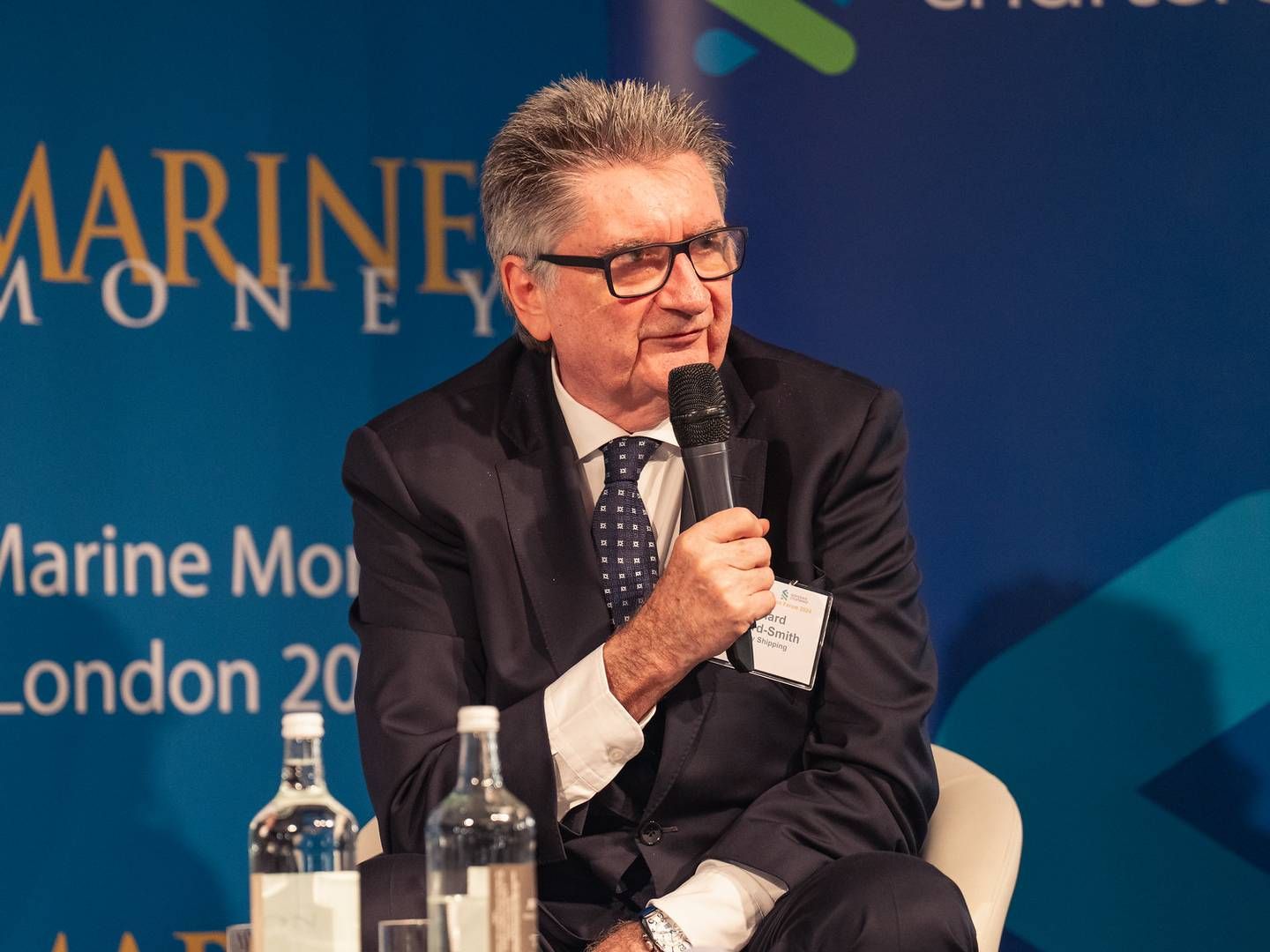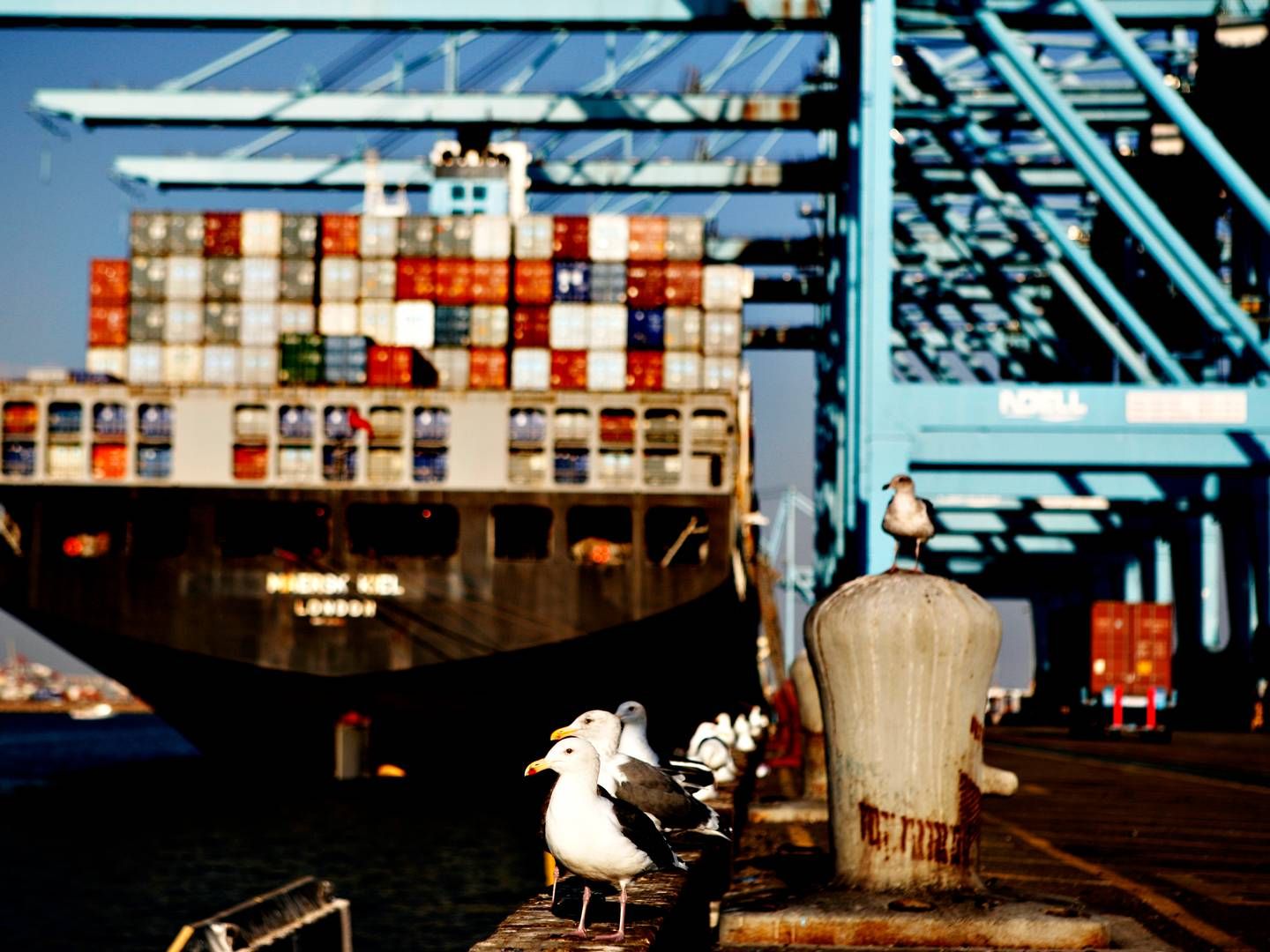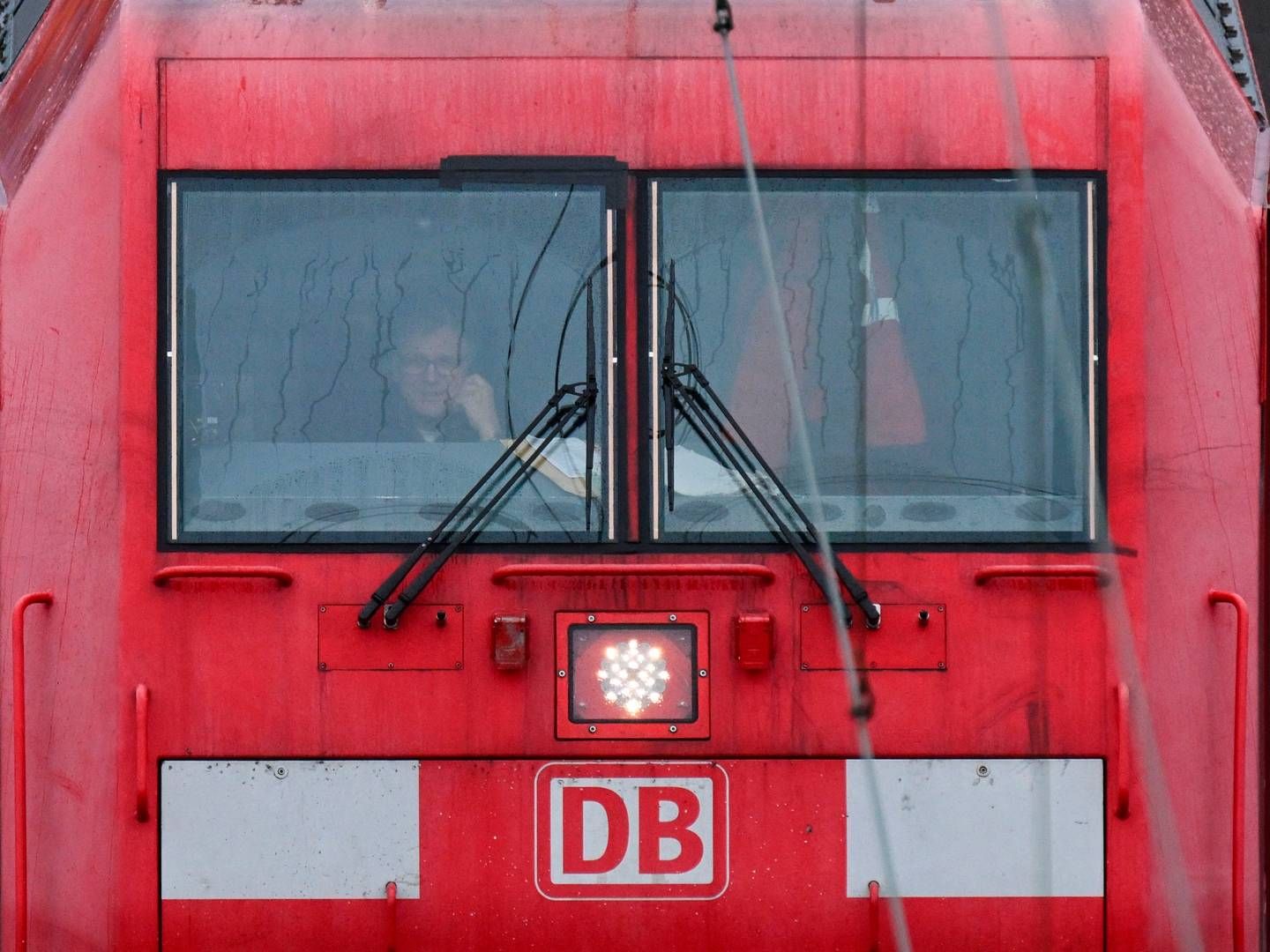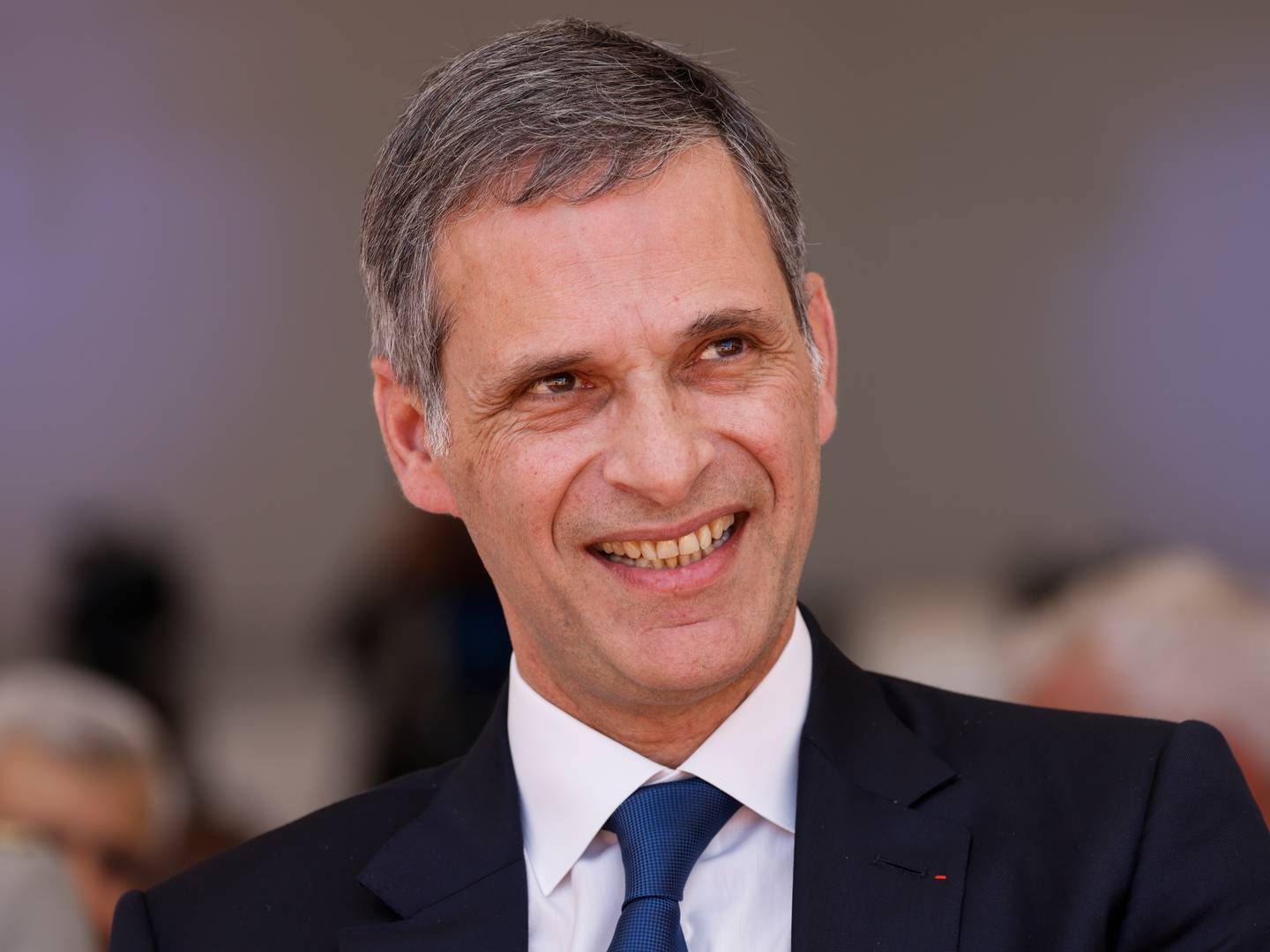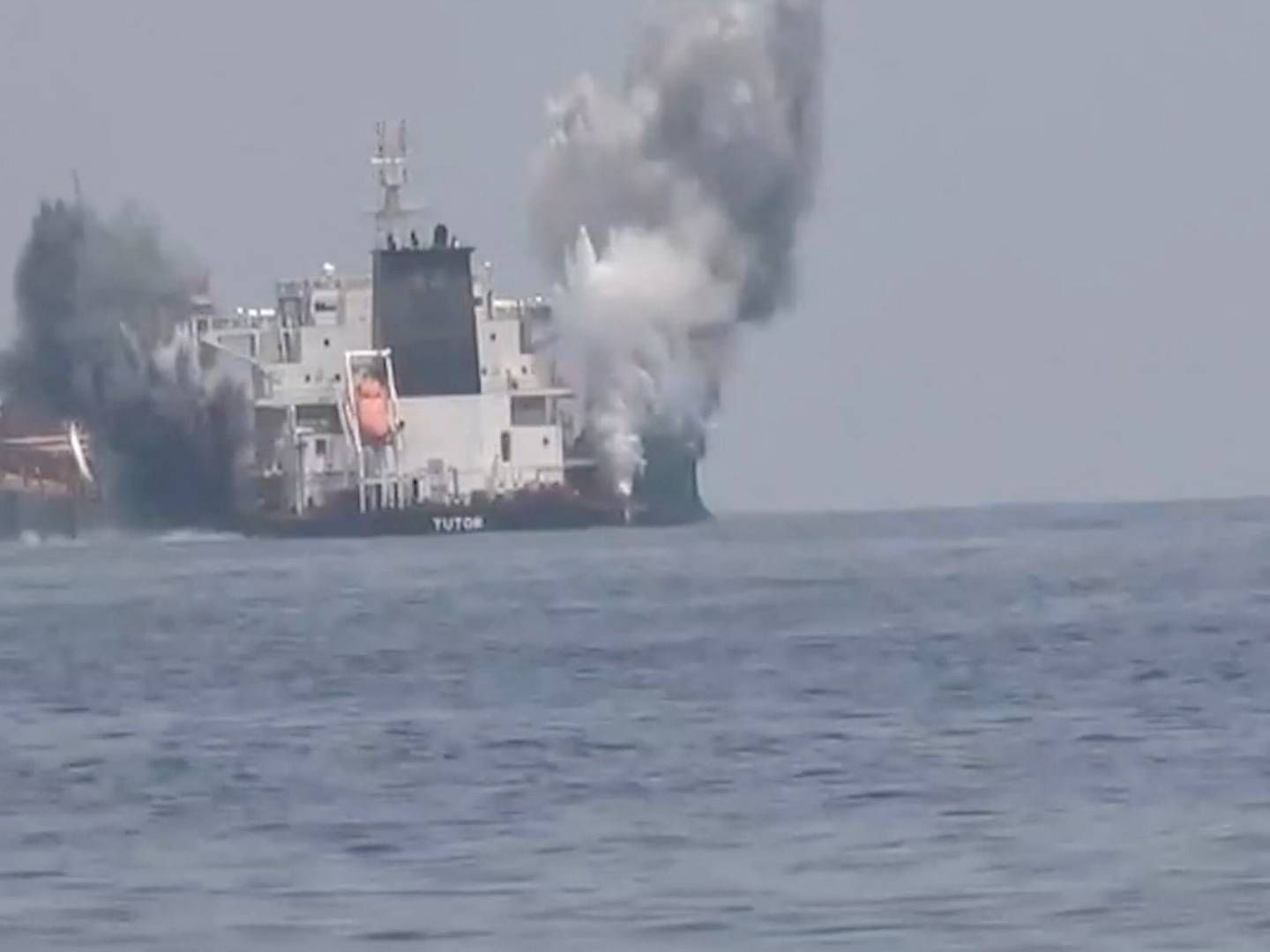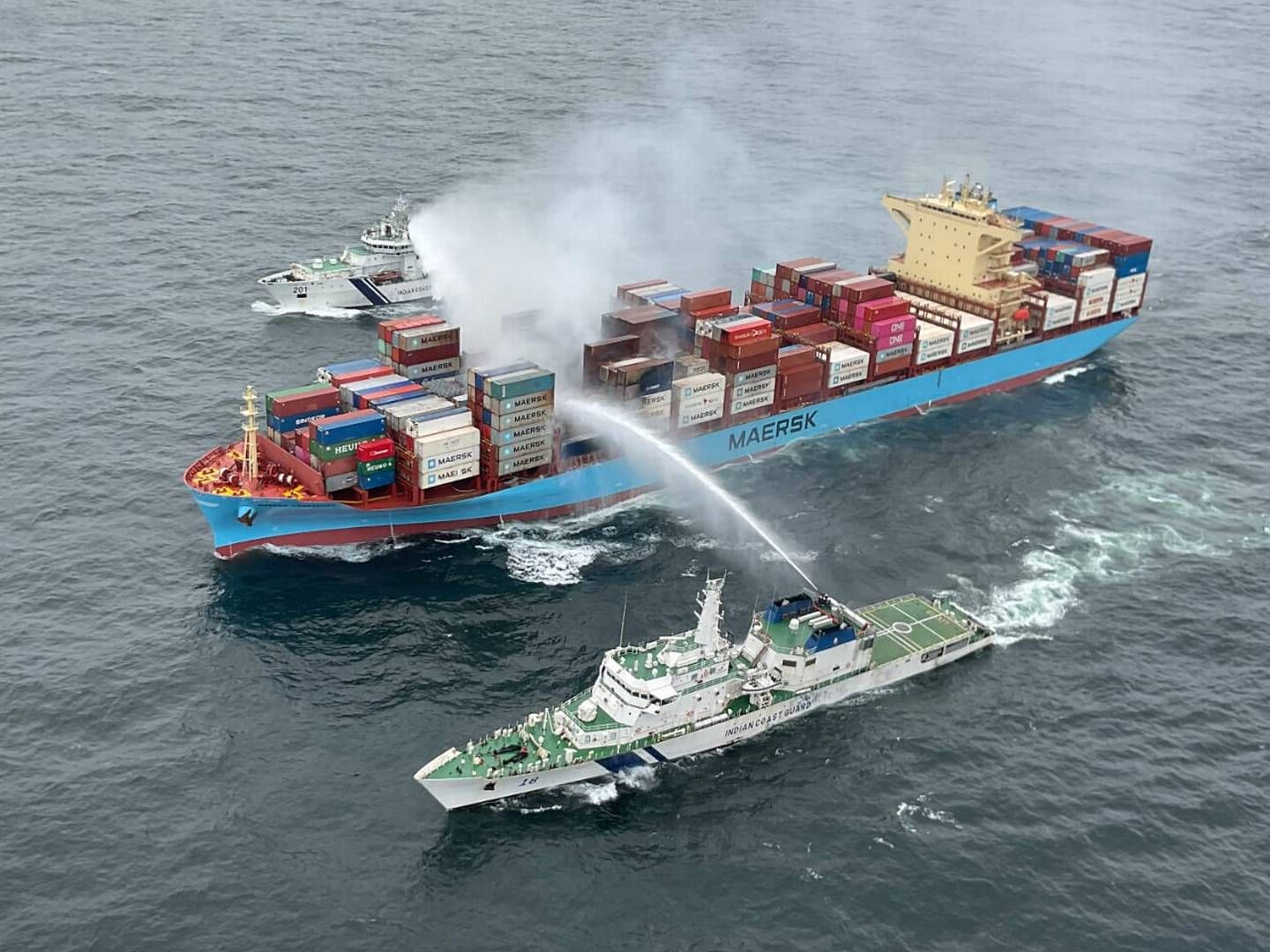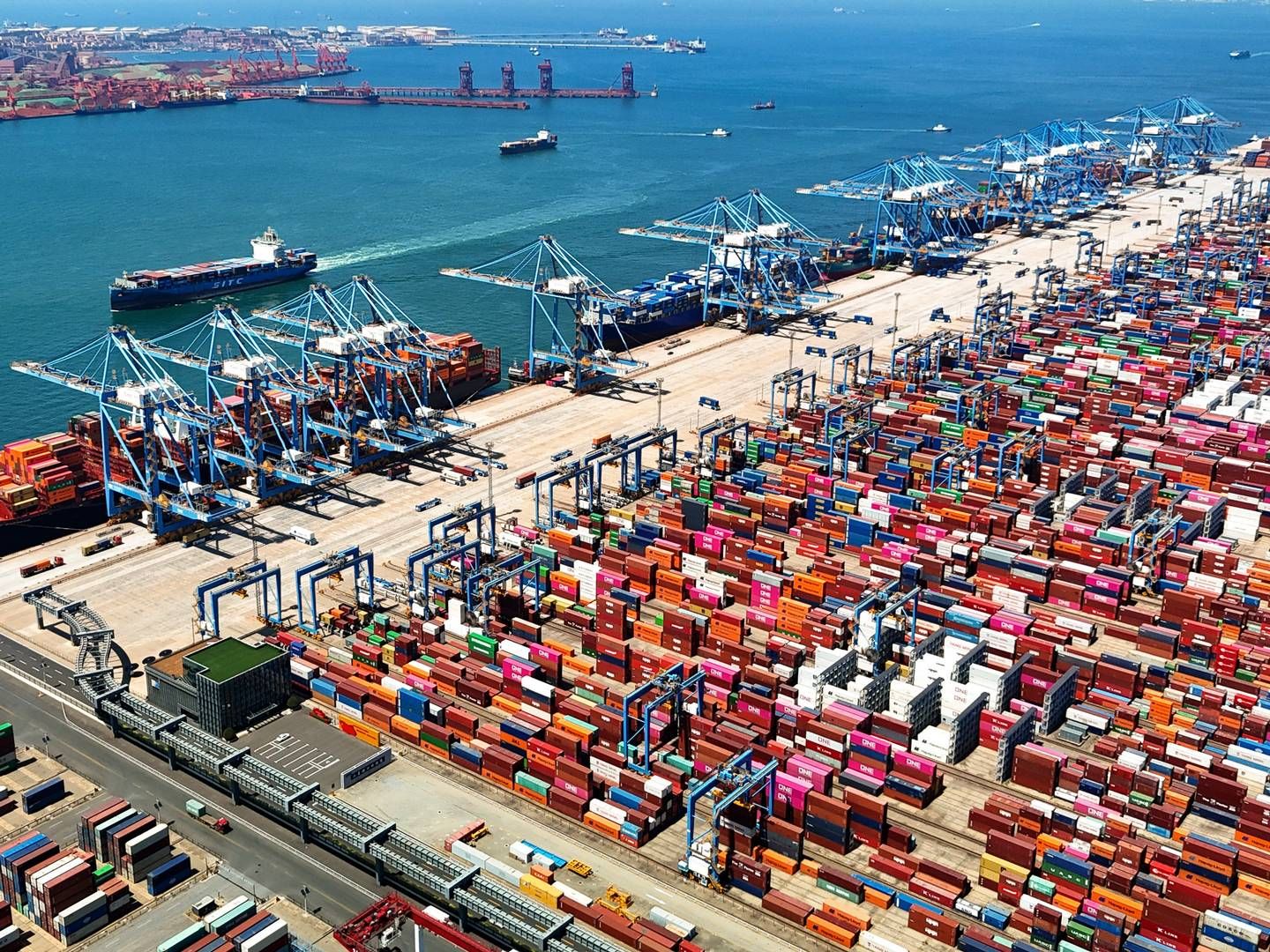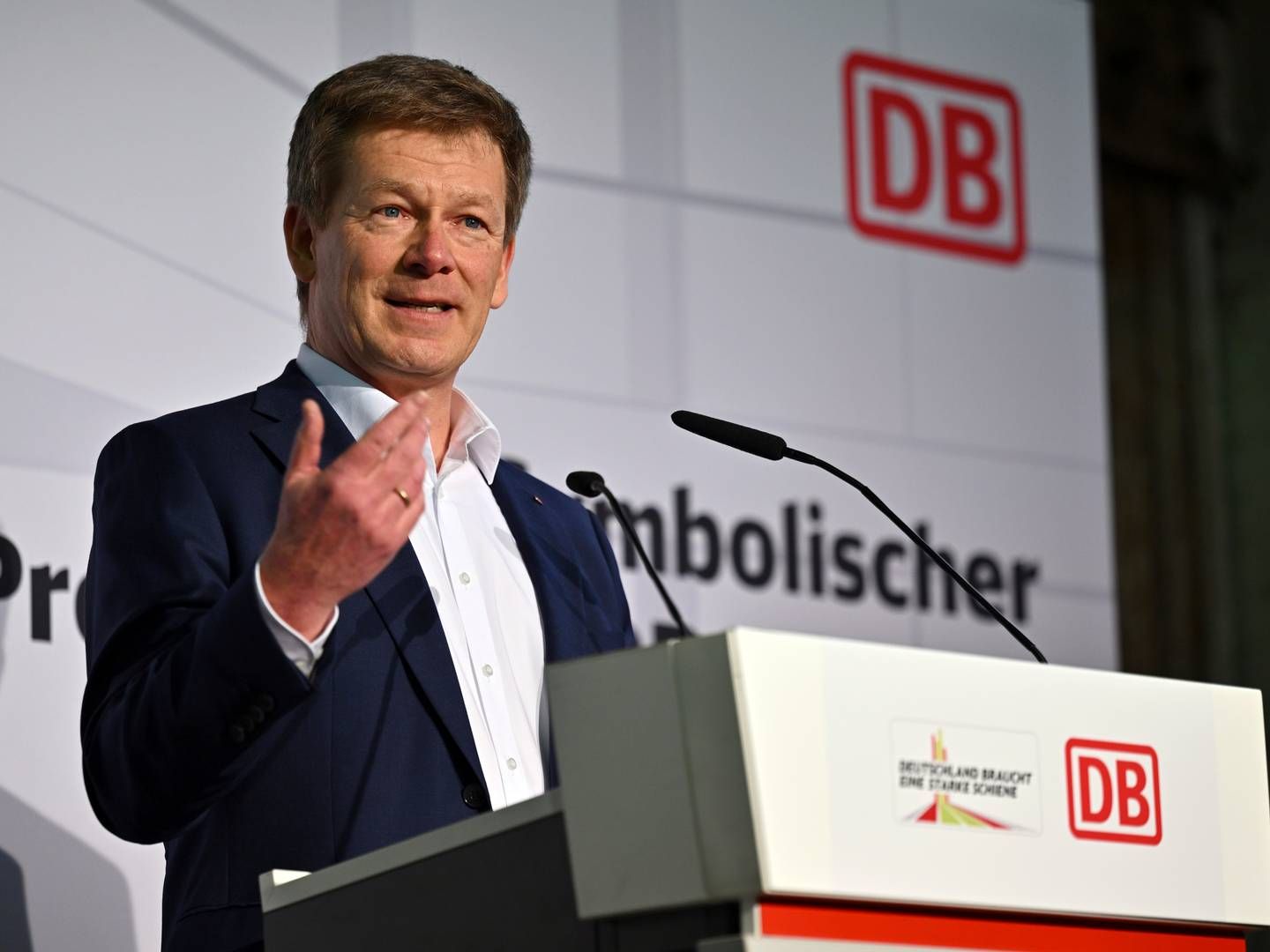Here is an overview of Maersk's Q2 results

The Maersk Group has been through an eventful quarter. The group said goodbye to now-former CEO, Nils Smedegaard Andersen, who was replaced by Maersk Line CEO, Søren Skou, and Maersk Oil lost its most important oil field, Al Shaheen in Qatar, which is one of the group's top moneymakers.
Maersk Group's combined result for the second quarter 2016 took a nosedive to USD 118 million down from USD 1.08 billion in the same quarter 2015. The combined revenue dropped from USD 10.5 billion in the second quarter 2015 down to USD 8.8 billion in the most recent quarter.
Read the Maersk Group interim report here
In the report, Maersk Group announces the postponement of its Capital Markets Day, which in recent years has traditionally taken place in September, but the company still expects to make an announcement about the company's structure before the end of the third quarter 2016.
Norwegian analyst agency Fearnley projects in light of this that major acquisitions or divestments, such as a potential sale of Maersk Oil or acquisitions for Maersk Line, are further off on the horizon than previously anticipated.
"That said, we believe M&A opportunities will stand high on the new CEO's agenda, and based on current depressed valuations it can only bring upside as we see it," Fearnley writes in a comment on the Maersk report Friday.
Try a free 14-day trial subscription to ShippingWatch
Maersk Line
The group's absolute biggest business, the world's largest container carrier Maersk Line, dropped into the red with a net loss of USD 151 million in the quarter, compared to a profit of USD 507 million last year, and the result was thus in line with the analyst consensus of a negative result for the container behemoth. The carrier's revenue came to USD 5 billion, a somewhat smaller setback down from USD 6.2 billion in the second quarter 2015.
Maersk Oil
The oil business Maersk Oil has struggled with low oil prices and an overall slowdown in the offshore market, and the company suffered a substantial loss in June, when it was not granted an extension of the crucial Al-Shaheen field in Qatar.
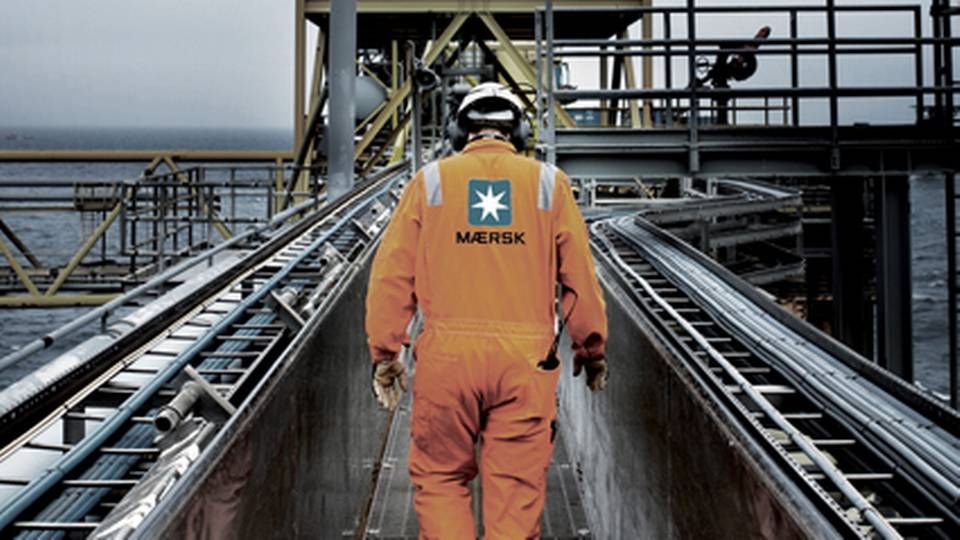
The company booked a net result of USD 131 million, compared to USD 137 million in the same period last year, and this is a significant improvement from the first quarter of the year, where the bottom line was blood red with a net loss of USD 29 million. The improved result is especially due to a higher oil price that trended at USD 46 per barrel compared to USD 34 in the previous quarter. Furthermore, improved performance and reduced costs played a part.
Maersk Oil's revenue was USD 1.2 billion in this quarter, down from USD 1.5 billion last year.
APM Terminals
Declining volumes and weak demand in the container sector are still generating problems for Maersk's port and terminal business APM Terminals, which along with Maersk Line is currently viewed as the strongest unit in terms of a potential splitting of the group with the intent of pursuing independent IPOs.
The business unit's revenue increased to USD 1.06 billion up from USD 1.03 million in the same period 2015. The greater volumes mainly came from APM Terminal's acquisition of Spanish Grup Maritim TCB back in March of 2016, which added eight new terminals to the company's portfolio.
The net result came to USD 112 million compared to USD 161 million last year.
The purchase of Grup Maritim TCB may have helped the unit's revenue, but the transaction also entailed problems for APM Terminals, as Maersk is now indirectly involved in a bribery case via the port unit, concerning the port in Guatemala that was included in the transaction.
A few weeks after APM Terminals announced the deal at the beginning of March, Guatemala's public prosecutor launched a bribery case against figures including Spain's perhaps highest ranking businessman, Ángel Perez Maura, and the then-CEO of the terminal in Guatemala, TCQ. The allegation is that the sale of TCQ to Spanish TCB in 2012 involved a bribe of USD 24 million.
APM Terminals paid an additional USD 43.2 million to the Guatemalan government because of the case, as Shipping has previously reported.
Maersk Drilling
The drilling company, according to the group, is enjoying reasonable coverage due to contracts that were entered a while back under much better market conditions. But Maersk Drilling still had to watch revenue and the result go downhill this quarter, and market prospects do not look good for the drilling segment, the group notes.
The net result dropped to USD 164 million in the quarter down from USD 218 million in the second quarter 2015, while revenue came to USD 566 million compared to USD 624 million in the same period 2015.
APM Shipping Services
The group's fifth and newest business division, APM Shipping Services, which counts the companies Maersk Tankers, Maersk Supply Service, Svitzer, and Damco, booked a negative result with a combined loss of USD 44 million compared to the positive result last year of USD 138 million.
The negative development is largely due to the offshore carrier Maersk Supply Service, which with an impairment of USD 97 million exited the quarter with a loss of USD 106 million.
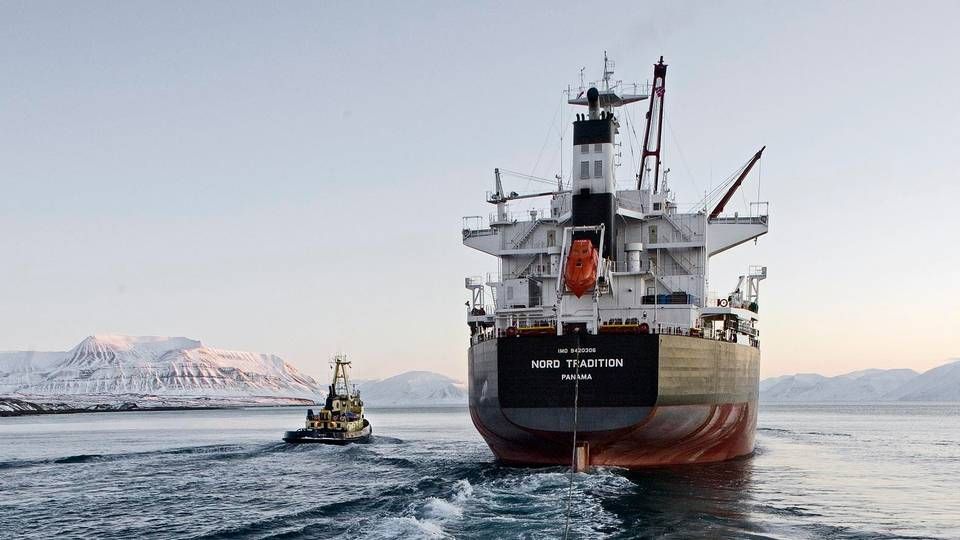
Maersk Tankers earned USD 28 million in the quarter, which is a decline from USD 35 million in the same period 2015. This lower result is mainly attributable to the weaker tanker rates.
Towage company Svitzer booked revenue at the same level as last year, USD 131 million compared to USD 132 million, while the result suffered a small setback to USD 24 million down from USD 30 million last year.
Damco, the group's transport and logistics company, which struggled with deficits for years, maintained a bottom line in the black with a net result of USD 10 million, up from USD 7 million in 2015. The comprehensive measures in savings and efficiency are still paying off, the group notes.
The declining freight volumes did, however, drag down revenue at Damco, down to USD 619 million from USD 655 million last year.
Maersk Line hit with USD 151 million deficit in Q2
APM Terminals cleared for construction of Africa's biggest terminal
Is Maersk working on a Wallenberg model?
DNB Markets: Maersk Line and APM Terminals headed for listing
Related articles
Is Maersk working on a Wallenberg model?
For subscribers

